Because Beauty Isn't Just Aluminum Skinned Deep
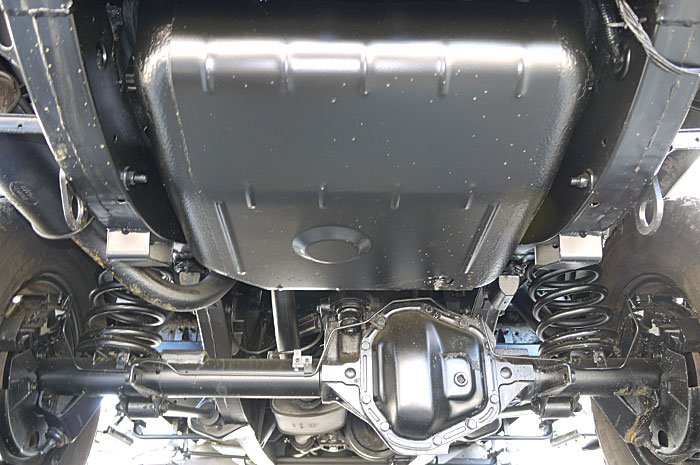
The first thing we start looking for is a Defender of the right year. Anything newer then 15 years to the month will not be admitted into Canada. It will either be impounded upon landing or sent back the way it came!
The next thing we look for is Defenders that have spent the majority of it’s years in southern Europe or Mediterranean countries, such as Italy, Greece, Spain and Portugal. These countries have milder and drier climates and receive little or no snow throughout the year so they don’t need to use salt on the roads, unlike Germany and other northern European countries. Although the bodies of Defenders are mostly made of aluminum, the chassis is made of steel, and notorious for rusting – like any steel based vehicle would. We also try to find Defenders for sale inland, away from the salty-sea breeze, as this can have the same effect on the steel parts.

Since rusty frames are the biggest weakness on Defenders, that is the area we spend the most time inspecting. We put them up on ramps and get underneath them and, with a small ball pean hammer, tap all major frame structures to ensure that the frame and outriggers are solid and sound. At the same time, we perform a four wheel alignment to make sure the frame is true and hasn’t been in any undocumented accident. In case of an older Defender whose chassis has rusted out, we can replace it with a galvanised steel one. Canada will allow the importation of Defenders with new chassis, however, the U.S. is not as forgiving. If the chassis is in good condition, we can do a body off sandblast and paint with special polyurethane paint that will protect chassis for years to come.
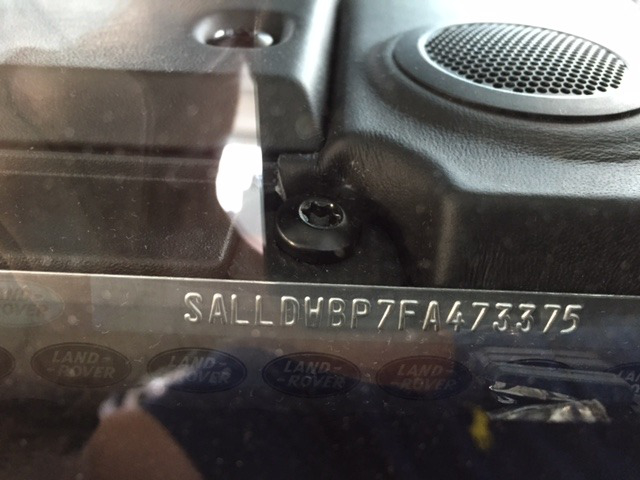
The next thing we look at is the VIN. We first make sure that they are all visible and that the chassis VIN has not been too corroded, painted over, sanded down or otherwise tampered with. Then we ensure that the VIN matches on all three locations on newer Defenders and two places on ’91 and older Defenders. We next decode the VIN to see if it matches the Land Rover specification, for the year and colour of the vehicle. And finally, we run the VIN through a check against INTERPOL’s and several other European Countries Databases to ensure that the Defender has not been stolen, or reported missing.
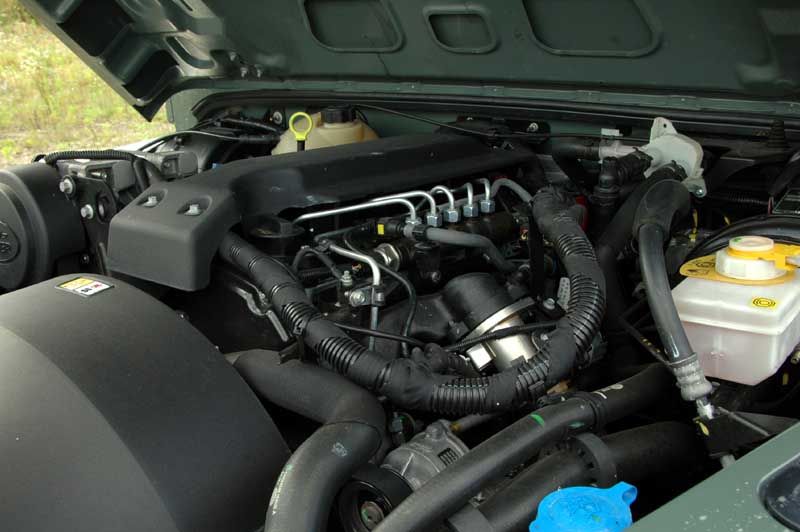
The next step in our inspection is the motor and mechanical systems. We get compression and emission tests done to ensure that the motor is running and in good shape and will pass E-tests in Canada. We inspect any available maintenance records to ensure they are performed regularly on schedule. We also look at all drive-train, transmission, transfer-case and differential fluids for metal filings that would indicate a problem.
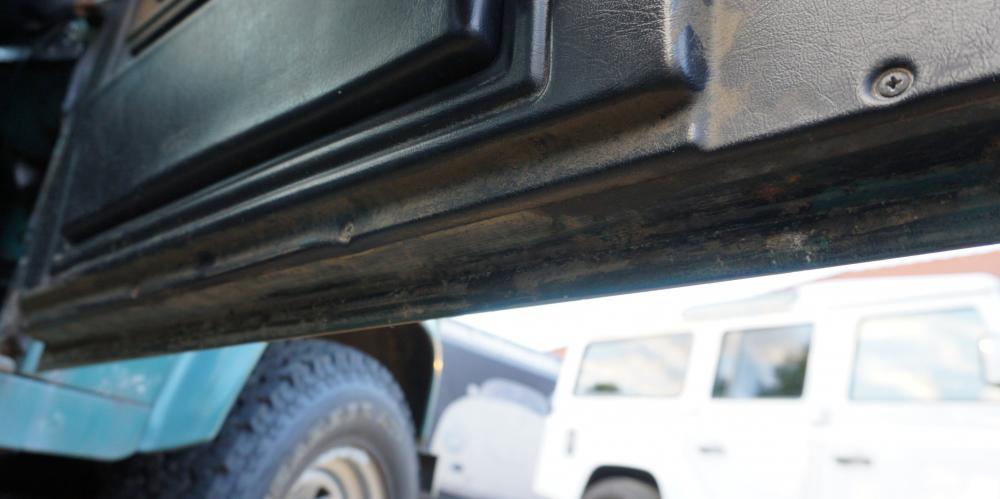
Next we take a look at the body looking for corrosion – especially on the bottom of the door frames and bulkhead. We steer clear from “custom electrical solutions” that could cause nagging problems. While we are at it, we replace all bolts with stainless steel ones in the door and hood hinges to ensure the your Defender doesn’t start to rust as soon as the it gets to Canada.
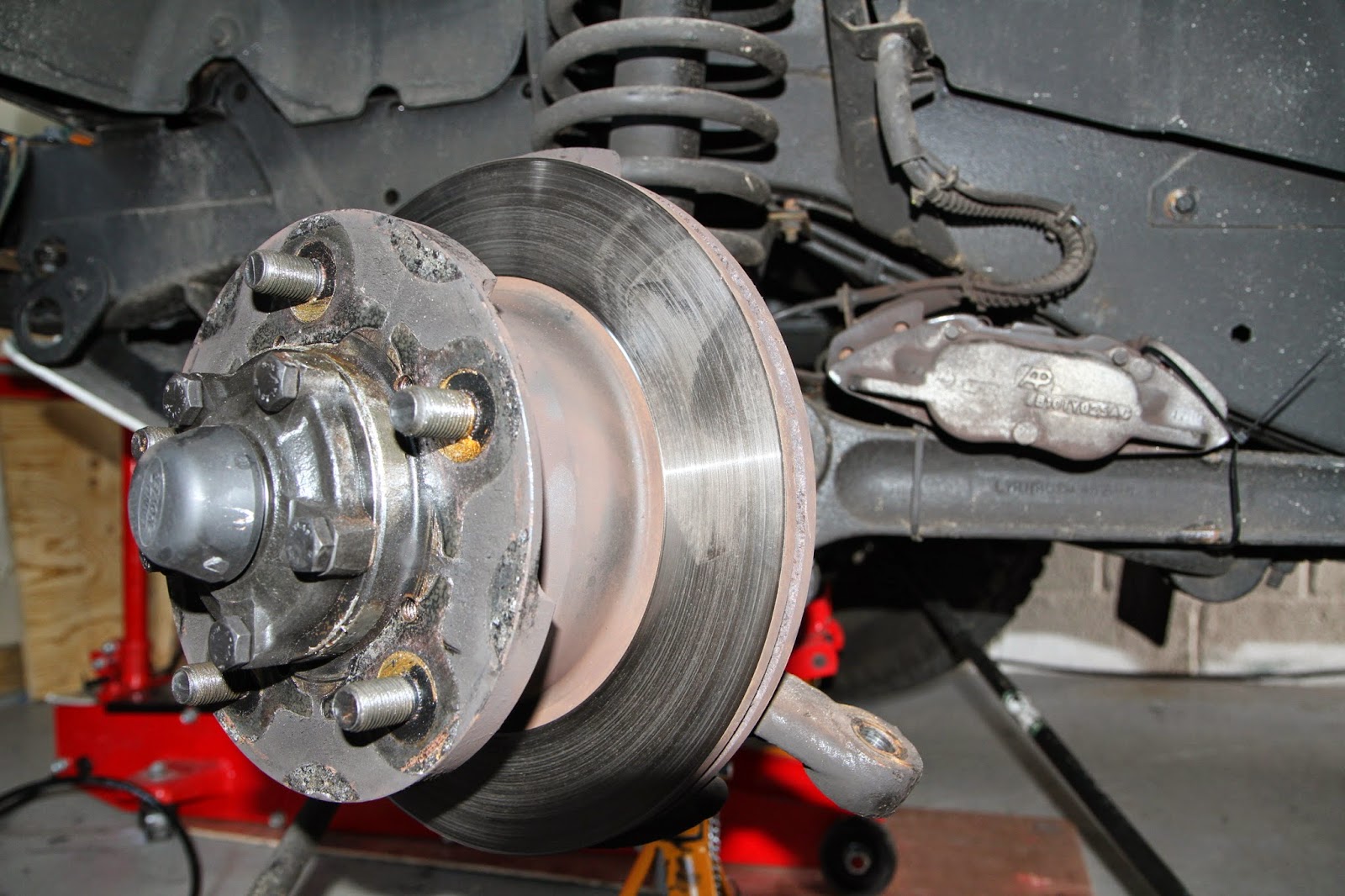
After that, we do a complete inspection and test of the running gear, insuring the brakes, wheel bearings, steering, shocks, suspension and lighting systems are all safe and will pass a Canadian safety. We replace anything that is suspect.
Upon request, we can do these inspections live streamed with you, so you can be just as confident with the Defender as we are.
After all this, we then give the Defender a full servicing, changing oil, fluids, filters, timing belt and rollers and replace any leaky gaskets so that you can have peace of mind for at least the first several thousand kilometers!